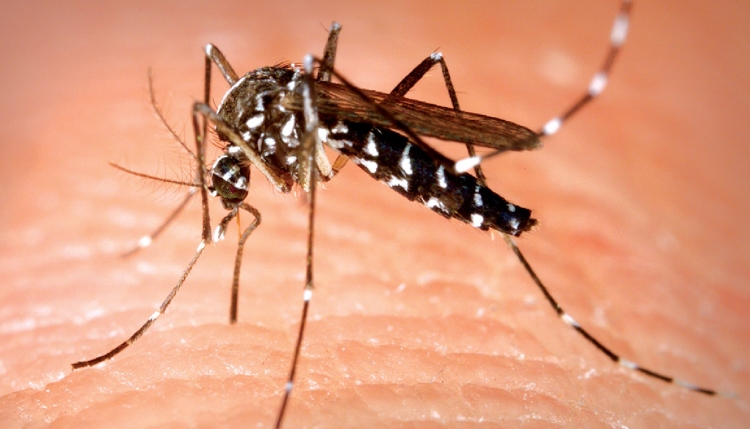Indian schoolgirls create solar-powered, affordable community mosquito repellent device

A team of four 10-12-year-old Indian schoolgirls have patented an eco-friendly mosquito repellent device that is powered by solar energy. The device is aimed at providing protection from diseases like malaria and dengue in community spaces such as schools, offices, hospitals etc. to benefit large vulnerable population.
Four girls, 10-year-old Shruti Pimplapure from Paranjape School, 10-year-old Tanishka Kawadkar from Somalwar High School, 11-year-old Radha Amte from Parajape School and 12-year-old Shruti Karandikar of BRA Mundle High School, were attending a workshop on dengue organized by Jigyasa Research Centre when the idea was conceived. The organization helped the girls to shape the final product, prepare a model and get it patented.
The girls were also moved after one of their friends died of dengue. According to the mother of one of the girls recalls how death of a friend agitated her, “She happened to read in some book about plant oils that can be used to kill mosquitoes and the advantages of doing this. Ever since, she had been thinking about ways to utilize this property of the plants,” she said.
As per the patent, the system consists of a chamber that collects neem, eucalyptus, citronella and other oils. This collection chamber is linked to solar panels to heat the components. Heating creates fumes, which are then pushed by a solar-powered fan to each and every room of the building through ducting or ACs. The device is installed on the terrace of the building where solar-panels could receive enough exposure to sunlight.
This is well known fact that ancient India knew how to use leaves of selected trees and herbs to repel mosquitoes. While, commercially sold coils contain chemicals, this device uses only natural components. The device does not require electricity supply from grid as it is self-sufficient. That makes it ideal for places lacking access to electricity. It’s low cost, low maintenance, durable and it can cover much larger area than coils, fogging etc.
Presently, team of these schoolgirls is discussing and sharing their idea with several organization and builders. Builders have shown interest in installing the equipment. About 300 million people in India lack access to electricity. If all worked well, the invention could prove to be a boon for slums and regions without electricity. Also, low-cost makes it affordable and more efficient without any side-effects.
Image: Gannett-CDN